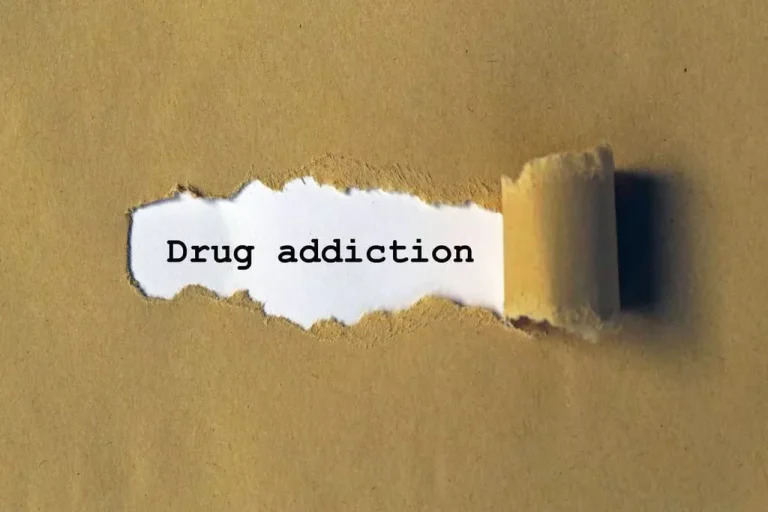
Experts generally recommend that SUD treatment studies report substance use as well as related consequences, and select primary outcomes based on the study sample and goals (Donovan et al., 2012; Kiluk et al., 2019). While AUD treatment studies commonly rely on guidelines set by government agencies regarding a “low-risk” or “nonhazardous” level of alcohol consumption (e.g., Enggasser et al., 2015), no such guidelines exist for illicit drug use. Thus, studies will need to emphasize measures of substance-related problems in addition to reporting the degree of substance use (e.g., frequency, quantity).
3. The harm reduction movement

In the context of “harm reduction,” individuals may make positivechanges in their lives that do not include reduced alcohol use and may consider themselves“in recovery” even though their AUD status remains unchanged (Denning and Little 2012). For example, among the 2005and 2010 National Alcohol Survey respondents, 18% of current drinkers who identified as“in recovery” from alcohol problems (who do not use drugs) are DSM-IValcohol dependent, and 26% of current drinkers who also use drugs are DSM-IV alcoholdependent. Thus relying on DSM criteria to define a sample of individuals in recovery mayunintentionally exclude individuals who are engaging in non-abstinent or harm reductiontechniques and making positive changes in their lives. These results suggest that drinking goal represents a highly predictive clinical variable and should be an integral part of the clinical assessment of patients with alcohol dependence. Assessment of patients’ drinking goals may also help match patients to interventions best suited to address their goals and clinical needs.
How to Get Help for Drug or Alcohol Misuse
In turn, stigma and shame have been reported as a reason for not seeking treatment (Probst et al., 2015). Although research indicates that CD may be a possible option for sustained recovery, at least for certain groups and at least later in the recovery process, it seems as if the dominating approach of treatment systems is still abstinence. In sum, research suggests that achieving and sustaining moderate substance use after treatment is feasible for between one-quarter to one-half of individuals with AUD when defining moderation as nonhazardous drinking. While there is evidence that a subset of individuals who use drugs engage in low-frequency, non-dependent drug use, there is insufficient research on this population to determine the proportion for whom moderation is a feasible treatment goal. However, among individuals with severe SUD and high-risk drug or alcohol use, the urgency of reducing substance-related harms presents a compelling argument for engaging these individuals in harm reduction-oriented treatment and interventions. Given data demonstrating a clear link between abstinence goals and treatment engagement in a primarily abstinence-based SUD treatment system, it is reasonable to hypothesize that offering nonabstinence treatment would increase overall engagement by appealing to those with nonabstinence goals.
- Little attention was given to whether people in abstinence-focused treatments endorsed abstinence goals themselves, or whether treatment could help reduce substance use and related problems for those who did not desire (or were not ready for) abstinence.
- We recognise that addiction affects not just the body but also the mind and spirit.
- Patients differ on the continuum between not wanting to change their drinking at all to seeking complete and long-term abstinence from alcohol.
- Some people conflate the terms celibacy and abstinence; however, there are some key differences between the two concepts.
1. Nonabstinence treatment effectiveness
We can also help with other addictions such as gambling and with eating disorders. Looked at like that, the answer to the question of controlled drinking versus abstinence is obvious. In the results, we mention that there were a few IPs that were younger, with a background of diffuse and complex problems characterized by a multi-problem situation. Thus, this is interesting to analyse further although the younger IPs in this article, with experience of 12-step treatment, are too few to allow for a separate analysis.
- The same would be the case if an alcoholic decided to cut down for the rest of his or her life.
- Only 50% of those who focused on controlled consumption succeeded in controlling their drinking.
- Researchers have long posited that offering goal choice (i.e., non-abstinence and abstinence treatment options) may be key to engaging more individuals in SUD treatment, including those earlier in their addictions (Bujarski et al., 2013; Mann et al., 2017; Marlatt, Blume, & Parks, 2001; Sobell & Sobell, 1995).
- For example, at a large outpatient SUD treatment center in Amsterdam, goal-aligned treatment for drug and alcohol use involves a version of harm reduction psychotherapy that integrates MI and CBT approaches, and focuses on motivational enhancement, self-control training, and relapse prevention (Schippers & Nelissen, 2006).
- The greatest danger implied with some restraint the board is remaining responsible.
- It isn’t extraordinary for those rehearsing the MM strategy to shroud their abundance of drinking or blame their investment in the program to drink more than they ought to be.
- Analysis accommodated the clustering of observations by site through the estimation of a random intercept term.
Alcohol moderation management isn’t just about cutting back and reducing your blood alcohol concentration, it’s a deeply personal journey that can empower you to regain control of your life and reconnect with those who matter most. This strategy is not about total abstinence but involves setting moderate drinking goals that are safe and sensible for you, paying attention to social influences that may sway your decisions, and developing self-awareness around your triggers. controlled drinking vs abstinence Moderation techniques such as pacing yourself, choosing lower-alcohol options, or having alcohol-free days can be practical tools in this journey.
- Lastly, we review existing models of nonabstinence psychosocial treatment for SUD among adults, with a special focus on interventions for drug use, to identify gaps in the literature and directions for future research.
- If one drink still leads to several more, attempting moderation isn’t the safest choice.
- Dr. Jack Hedblom, a psychotherapist in Maryland, is a firm believer in the AA program and attempts to demystify the organization in his book, “Last Call” (Johns Hopkins University Press, 2007).
- Vaillant (1983) labeled abstinence as drinking less than once a month and including a binge lasting less than a week each year.
- Non-abstinent goals can improve quality of life (QOL) among individuals withalcohol use disorders (AUD).
In this model, treatment success is defined as achieving and sustaining total abstinence from alcohol and drugs, and readiness for treatment is conflated with commitment to abstinence (e.g., Harrell, Trenz, Scherer, Martins, & Latimer, 2013). Additionally, the system is punitive to those who do not achieve abstinence, as exemplified by the widespread practice of involuntary treatment discharge for those who return to use (White, Scott, Dennis, & Boyle, 2005). Controlled drinking as well as abstinence is an appropriate goal for the majority of problem drinkers who are not alcohol-dependent.
Alcohol Moderation Management: Programs and Steps to Control Drinking
The study was especially notable because most other treatment readiness measures have been validated on treatment-seeking samples (see Freyer et al., 2004). This finding supplements the numerous studies that identify lack of readiness for abstinence as the top reason for non-engagement in SUD treatment, even among those who recognize a need for treatment (e.g., Chen, Strain, Crum, & Mojtabai, 2013; SAMHSA, 2019a). We do not know whether the WIR sample represents the population of individualsin recovery. The WIR data do not include current dependence diagnoses, which would beuseful for further understanding of those in non-abstinent recovery.

Controlled Drinking: Controversial Alternative to AA

On the other hand, as the group expressed positive views on this specific treatment, they might question the sobriety goal in a lesser extent than other groups. Interviews with 40 clients were conducted shortly after them finishing treatment and five years later. All the interviewees had attended treatment programmes based on the 12-step philosophy, and they all described abstinence as crucial to their recovery https://ecosoberhouse.com/ process in an initial interview. In Britain and other European and Commonwealth countries, controlled-drinking therapy is widely available (Rosenberg et al., 1992). Our second goal was to examine differences in quality of life betweenabstainers and non-abstainers controlling for length of time in recovery.
